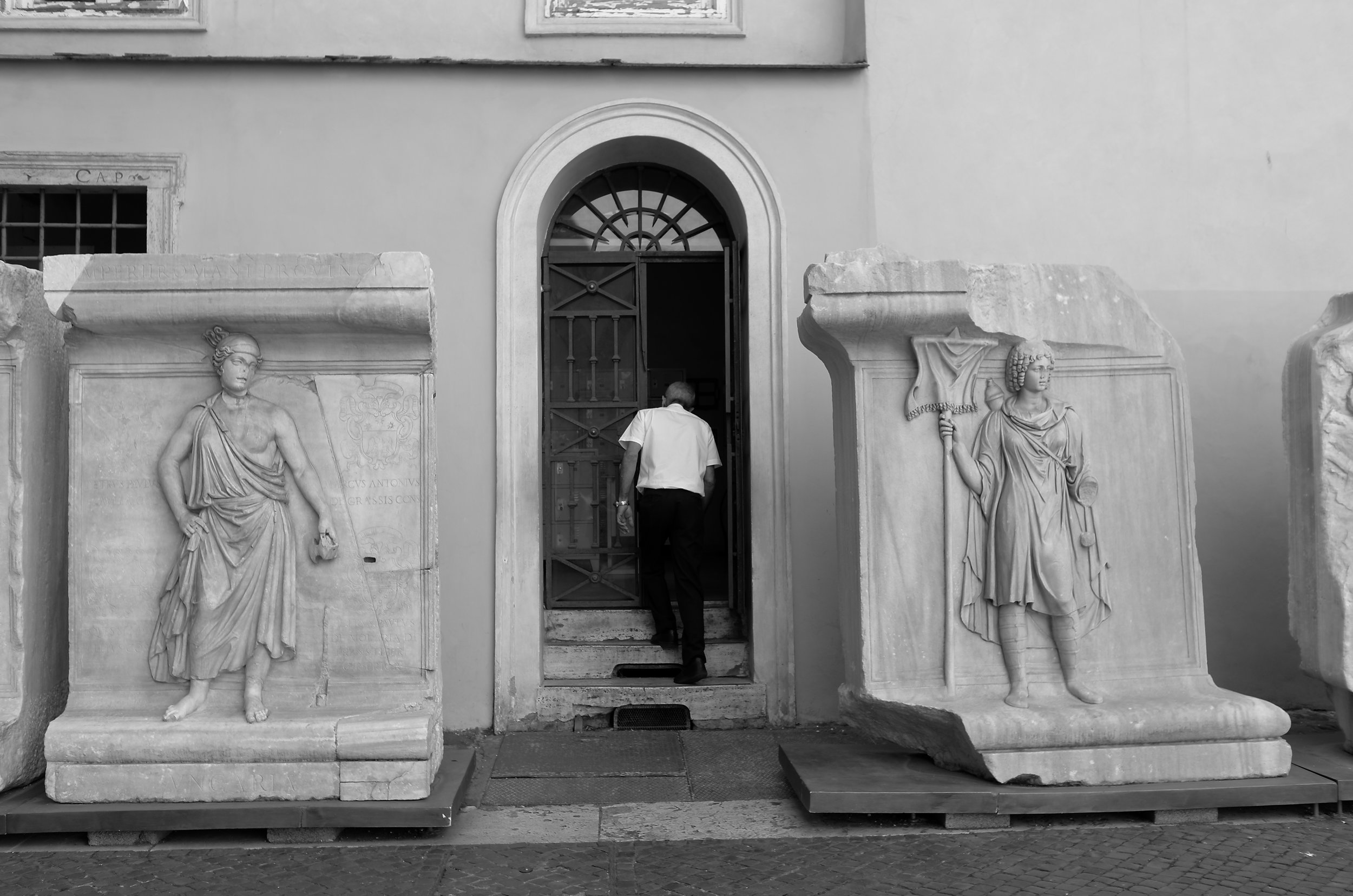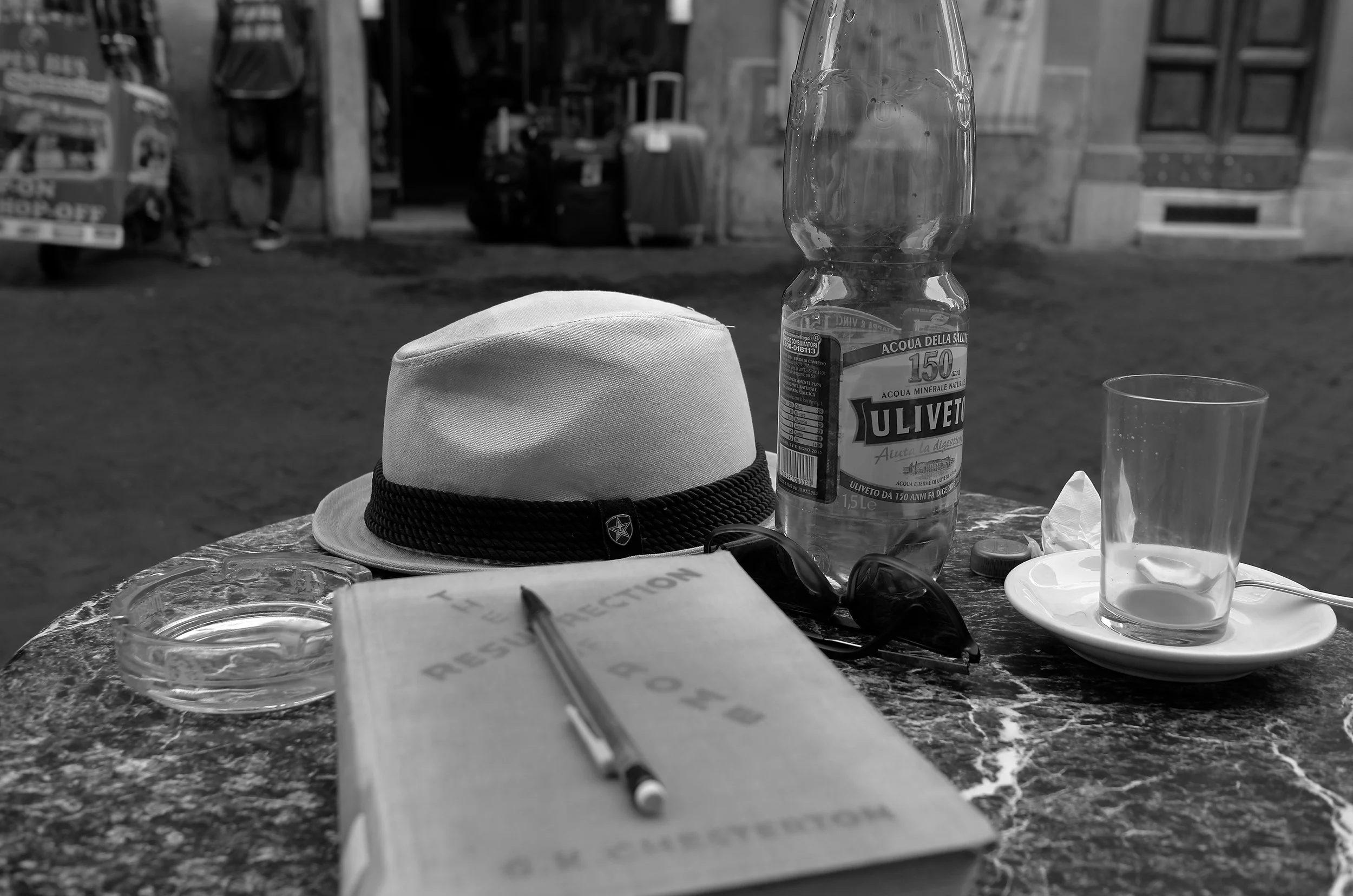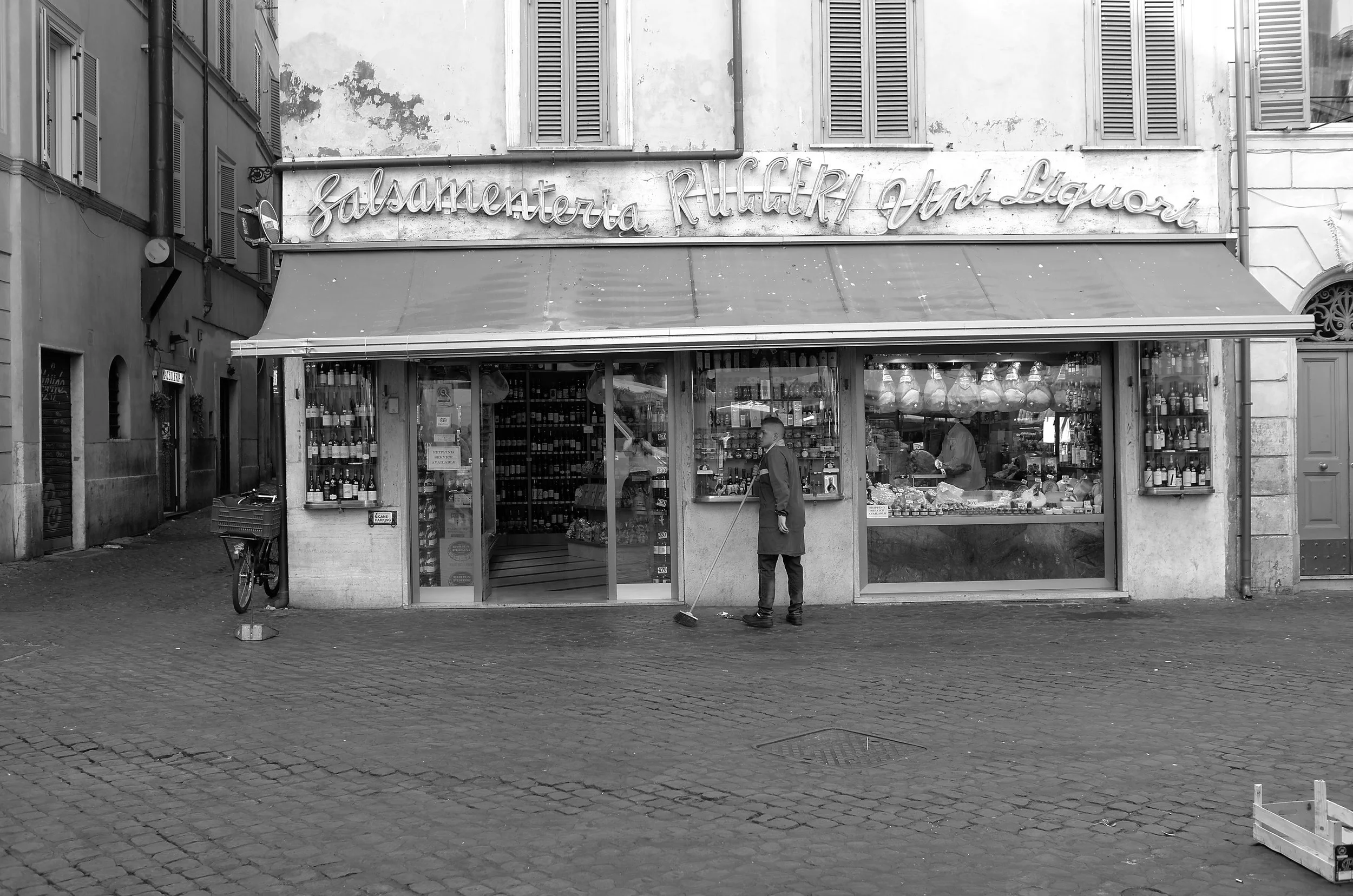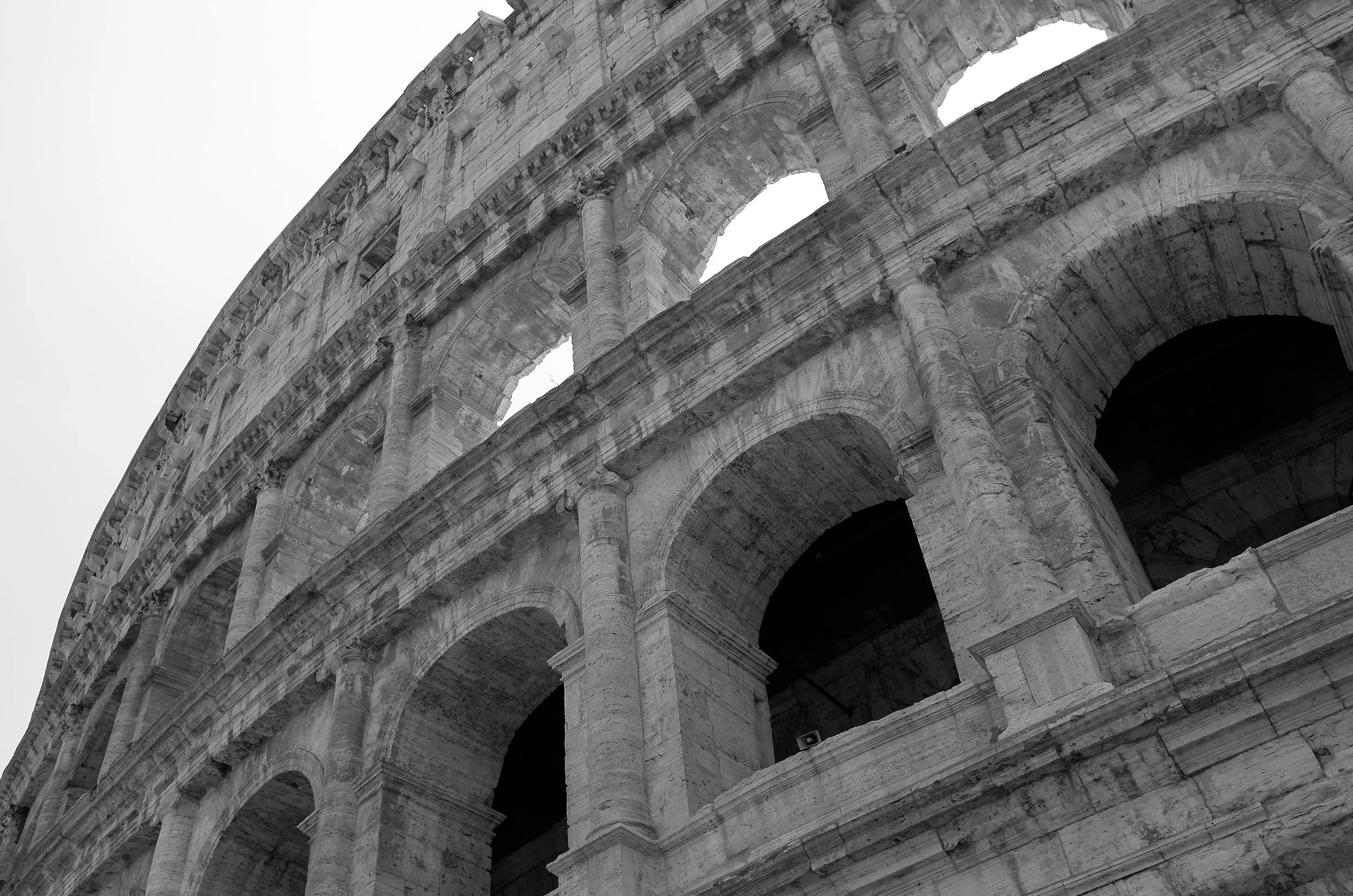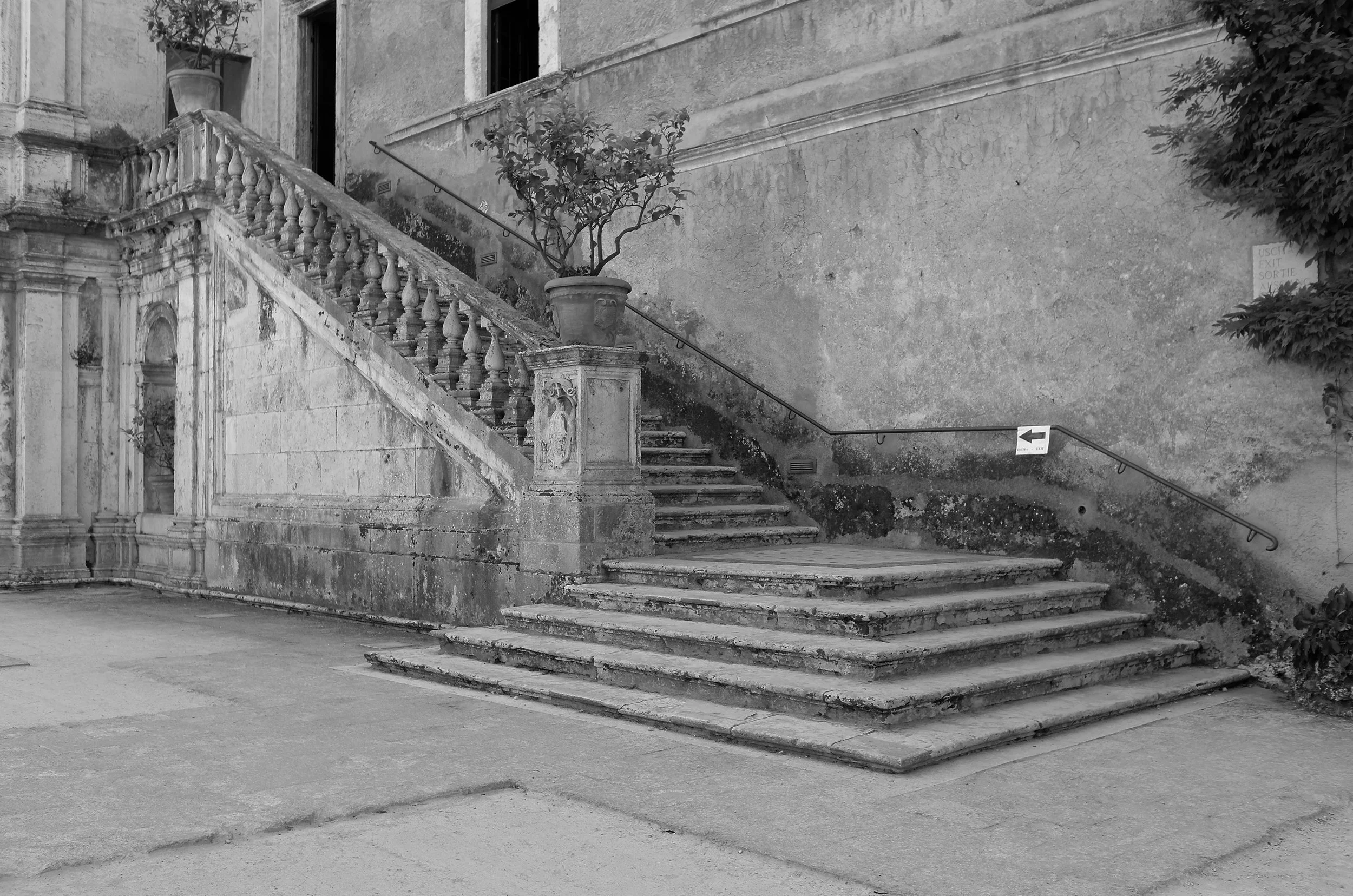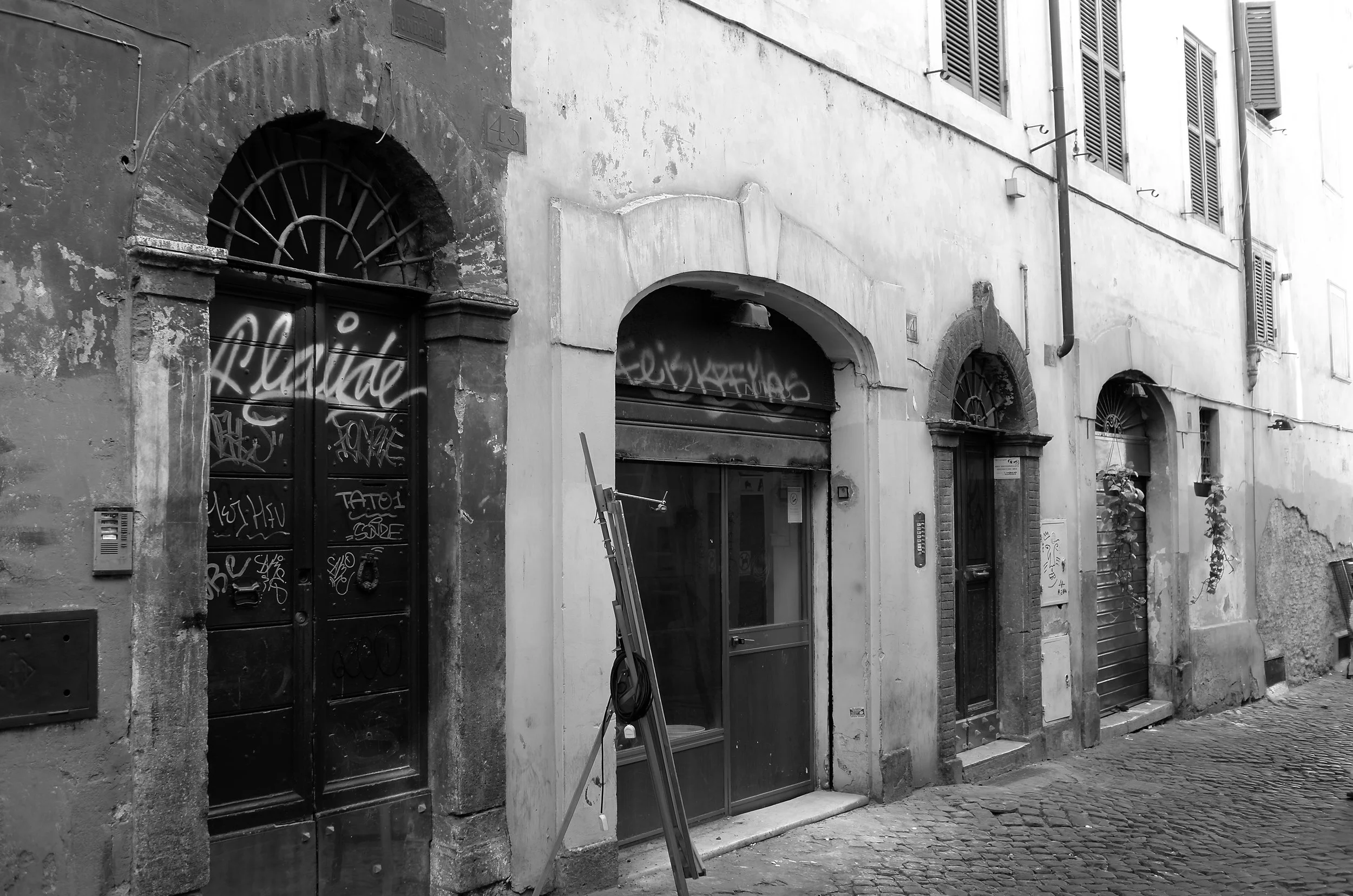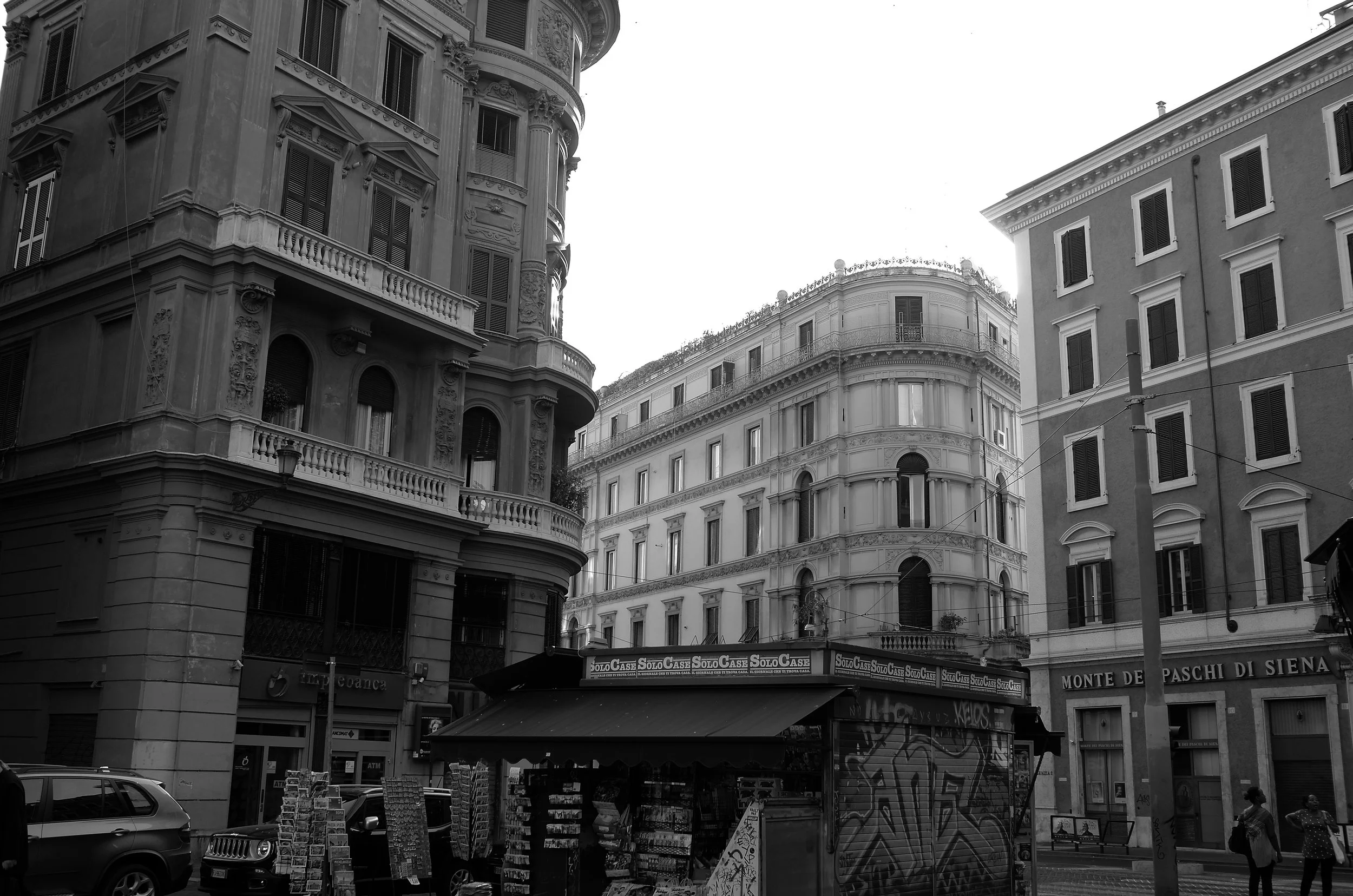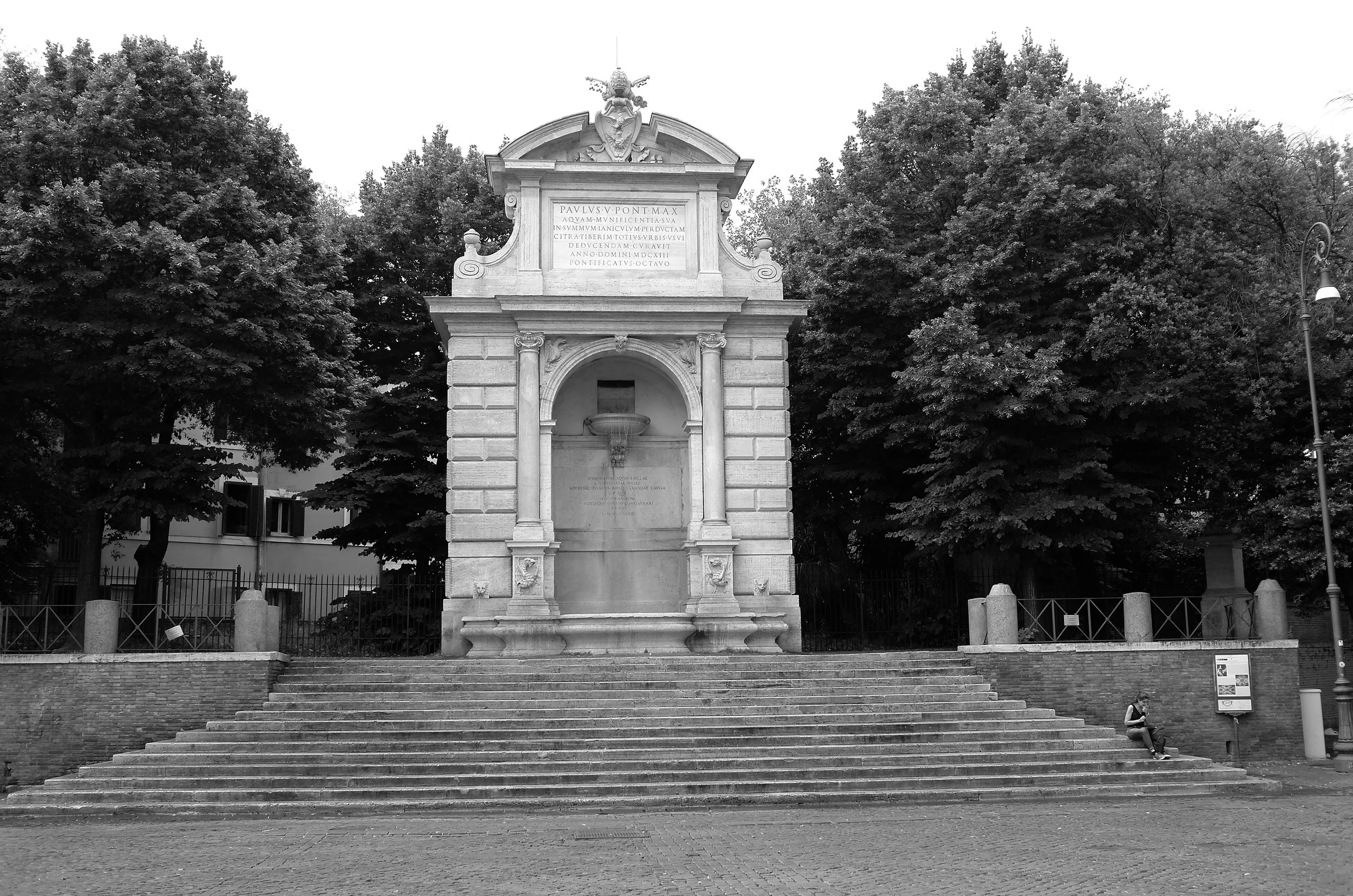A Few from Italy
As I intimated in an earlier post, I have had the good fortune some years to take groups of students around Italy. I believe strongly in study abroad programs, my own world having been opened up in so many ways by the first one I took, to England, which made me want to be an English major and a professor.
Much as I love Italy, I've never brought a camera before. Perhaps that's because I love Italy so. I discuss that conflict--wanted to capture the spirit of a place but not wanting to tame it, to own it-- in the poem "Artifact," from my book. There is more than one way to experience a place, to interact with it and to remember it than most tourists dream. Part of my hesitance was knowing I couldn't do justice to what I was seeing: Rome just doesn't fit in a lens, and part of it was not wanting to participate in the gawkers' impulse to raise a camera (or more often, a smartphone) in these ancient, and often holy, places before I'd tried to see them. I wanted to keep the order clear: engage first; record second.
But this summer, I took along my small camera and had a great time with it. Partly, that was the result of discipline. Some days, I toted it around all day and didn't click a single frame. Most days, I took two discreet shots and got back into the present tense as quickly as I could. I'm not suggesting this is the only way to experience Rome, or any place for that matter, and if others take pictures the whole time, that's fine, but for me, the mediating tendency distances in a way I can't reconcile. Still, I'm happy to have the images, from which the following compositions are sampled.
I've got a few more travel stories coming out various publications in the next year. If you put your email in the box I'll let you know when they drop. Meanwhile, #protip: if you're travelling somewhere, bring along an actual camera if you want to take pictures, and if you want to make the trip magical, bring along a book of poems.
